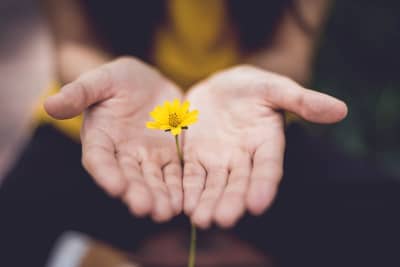This post is in response to some of the comments I receive when I post about bi-polar specifically rather than just about the depressive phase. It is intended to give a very general overview and can only reflect my own reading and research, which is not extensive. And my own experience, which is.
People with bi-polar disorder suffer episodes or periods of depression (well – duh, that's why we're all here on Moodscope; we know what that feels like!) and episodes or periods of mania where they feel energetic, "high", creative, but they may also be irritable and become easily annoyed.
In between these times they may have periods of perfect stability and be utterly normal, with just the mood swings that most people experience in response to life–events or tiredness etc. Or they may never experience "normality".
Bi-polar is much more common than most people imagine. 1 in 100 people will be diagnosed with it at some point in their life and it affects both men and women from all backgrounds. It usually starts in the late teens/early twenties (I was an early developer at seven) but can appear in middle or old age. It is an equal opportunity condition.
Bi-polar type 1 is what most people imagine bi-polar to be. This is where you get the full blown mania; the type where you put thousands of pounds on the credit card buying gold plated golf-clubs when you don't even play golf, plan to start a Moodscope community in Antarctica (it would work I tell you!) and snap the heads off everyone around you who just can't see what a wonderful idea it is! You might even hear a choir of Angel voices giving you instructions for that depressed Penguin community. And – yes – then you get the bloody depression too.
Bi-polar type 2 (imaginative chaps, these medics), has a rather less theatrical form of high, called hypo-mania. If you know your Latin then you know that hypo means sub, under or less. So you will still be able to make sensible decisions about those golf-clubs (although you might book golf-lessons), and know that Penguins don't use the internet. But you will still have all the creativity, the lack of desire for sleep or food (funnily enough, one's desire for alcohol and sex are exacerbated) and the short temper and irritability.
And then – yes, damn and blast it – the depression. More people with type 2 commit suicide because the downs are longer and more severe than the highs. Uh huh. Been there. Several times...
The frequency of the cycle varies too. Rapid cycling bi-polar can do the up/down thing several times a day. Or it can go day by day or week by week. A friend showed me his Moodscope graph which looks like a never-ending rollercoaster. I have an annual cycle with a four year pattern on top of that cycle; my highs last about six weeks to three months, my lows three to nine months. Some people have only one cycle in seven years.
Tomorrow I will write about the management and treatment (and causes) of bi-polar.
Mary
A Moodscope member.


Comments
You need to be Logged In and a Moodscope Subscriber to Comment and Read Comments